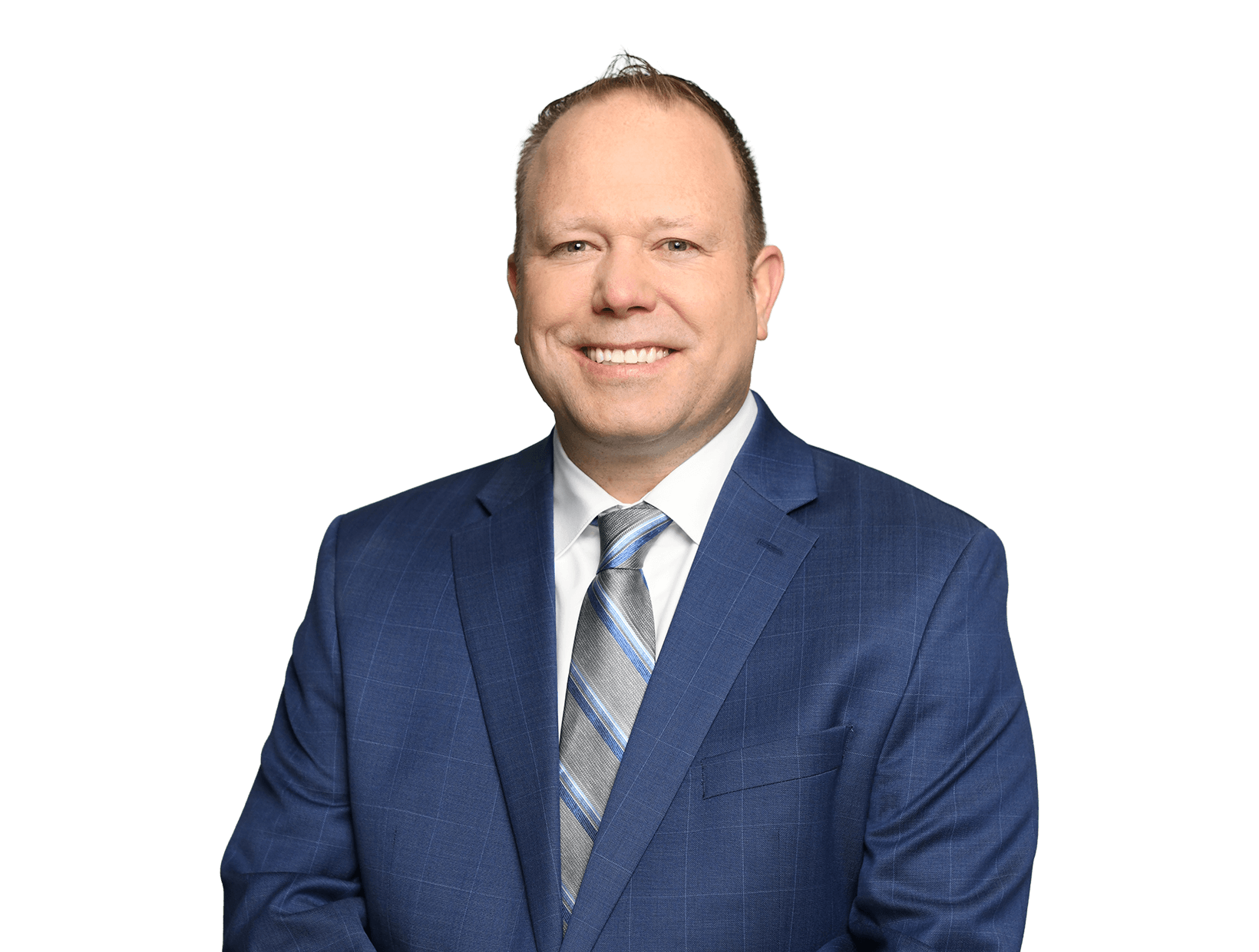Blog
Federal Circuit Clarifies Limits of Patent Eligibility for Machine Learning Claims
Fish & Richardson
Authors
-
- Name
- Person title
- Principal

-
- Name
- Person title
- Associate

In a decision with implications for machine learning-related patent filings, the Federal Circuit in Recentive Analytics, Inc. v. Fox Corp., No. 2023-2437 (Fed. Cir. Apr. 18, 2025), affirmed the District of Delaware’s dismissal of Recentive’s infringement suit on the ground that the asserted patents were directed to ineligible subject matter under 35 U.S.C. § 101. The decision reinforces the courts’ view that applying generic machine learning techniques to known problems — without technical innovation in the machine learning methods themselves — is insufficient for patent eligibility.
Background
Recentive filed suit against Fox Corp. for infringement of four patents related to the use of machine learning models to generate television broadcast schedules and network maps. Fox moved to dismiss for failure to state a claim on the ground that the patents are ineligible under § 101. In opposing Fox’s motion, Recentive argued that the claims were patent eligible because they represented a unique application of machine learning to the niche field of generating network maps and live event schedules for broadcast programming. Both the District Court and the Federal Circuit disagreed.
The decision
The Federal Circuit held that “claims that do no more than apply established methods of machine learning to a new data environment, without disclosing improvements to the machine learning models to be applied, are patent ineligible under § 101.” In its analysis, the court emphasized that:
- The claimed inventions relied on generic, conventional machine learning models and training techniques without providing any improvement to the underlying ML technology itself. The specification likewise failed to disclose any asserted technological improvements.
- Generically “training” a machine learning model is “incident to the very nature of machine learning” and does not represent a technological improvement.
- Simply applying existing machine learning techniques to a particular field of use is not sufficient for patent eligibility. Here, even the problem itself — generating schedules and network maps — was not new. Prior to the advent of machine learning, these tasks were performed manually by humans using the same types of data.
- Invoking a computer to automate a process traditionally carried out by humans does not render the claims patent eligible even if it improves speed or efficiency.
Takeaways
The Recentive ruling underscores that artificial intelligence inventions must do more than apply generic machine learning techniques to a known problem space. To survive § 101 challenges, rather than merely claiming the application of machine learning to particular tasks without technical innovation, applicants should consider disclosing and claiming features directed to specific improvements to technology — for example, improvements to the machine learning models themselves.
Notably, while the court implied that “improvements to machine learning models” can support eligibility, key questions remain about what qualifies as such an improvement in this context:
- Is demonstrating enhanced accuracy, efficiency, or scalability sufficient, or are such benefits considered merely mathematical in nature?
- What magnitude of improvement is required to meet the threshold for patent eligibility — for instance, would a marginal gain suffice?
- How much weight will courts give to empirical evidence showing improved model performance?
As the courts continue to apply the Alice framework rigorously, applicants in the machine learning space should ensure their patent applications clearly articulate how the claimed invention provides a technical innovation, not just a new use case for known machine learning tools.
The opinions expressed are those of the authors on the date noted above and do not necessarily reflect the views of Fish & Richardson P.C., any other of its lawyers, its clients, or any of its or their respective affiliates. This post is for general information purposes only and is not intended to be and should not be taken as legal advice. No attorney-client relationship is formed.